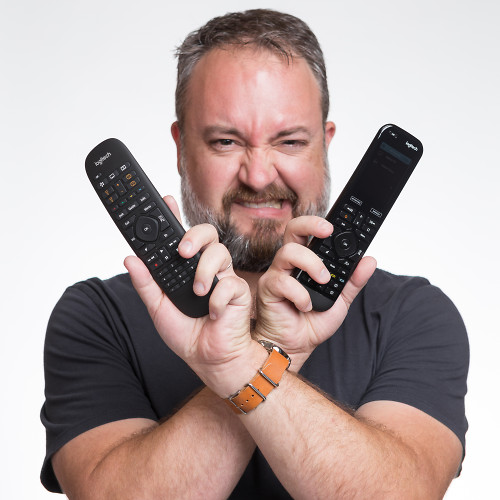The Windows Phone 7 architecture: memory, customization, Live ID

In a leaked document, evidently found by Tweakers.net, some more information has emerged on the internal design, some limitations and drivers in Windows Phone 7.
Most the information seems to work in favor of a stable, consistent and consumer friendly mobile OS, but one cannot deny the big role Microsoft is now playing in overseeing their new OS (though it's still much less than Apple's grip on the iPhone and iPad, but is that really saying much?).
Some things worth noting are the following:
- Windows LiveID will be used to sync data services and enter the Marketplace, much like the current setup, so no real changes there
- Carrier and OS upgrades will be handled, approved and distributed only by Microsoft via Over-the-Air (OTA) and/or Zune sync (desktop)
- No changes to the home screen are allowed by OEMs or carriers (not news) but either can customize certain tiles, ring tones and wallpapers
- Carriers can include their own software but with very strict requirements including being limited to six applications (at a total 60MB storage), no trial-ware (hurray!) and all apps must be approved by Microsoft
- There is support for external storage cards, though it remains to be seen if they will be initially allowed on devices
- Microsoft will supply the 2D graphics and DirectX 10-based Direct3D 11 runtimes (good); OEMs will develop and distribute the drivers for both the 2D and 3D graphics (bad?)
- Support for Bluetooth 2.1 but not 3.0 (yet)
- 480x320 support, though not fully endorsed? May be good for front-qwerty...
Other details related to the memory architecture, which is more or less interesting for programmers and the tech savy. In short, it's a 32-bit OS with a dual layer architecture. The kernel and application processes are allowed 2GB of memory each and programs are allowed 1GB of virtual memory (up from a measly 32MB in WM6.x). The file systems are based IMGFS for system files, and TexFAT for user files, with the later being "...best suited for non-removable media, such as NAND and NOR flash memory".
Overall the news is a bit mixed, though we're a bit happy Microsoft is putting the handcuffs on carriers, especially regarding the addition of their own software/services and blocking the addition of trial-ware. Likewise for ROM updates, which will now be centralized. However, we're a bit worried about the 2D/3D driver situation as that has been a problem in the past.
What say you? Read the original article here (Google Translated).
[via SlashGear]
All the latest news, reviews, and guides for Windows and Xbox diehards.

Phil is the father of two beautiful girls and is the Dad behind Modern Dad. Before that he spent seven years at the helm of Android Central. Before that he spent a decade in a newsroom of a two-time Pulitzer Prize-finalist newspaper. Before that — well, we don't talk much about those days. Subscribe to the Modern Dad newsletter!
